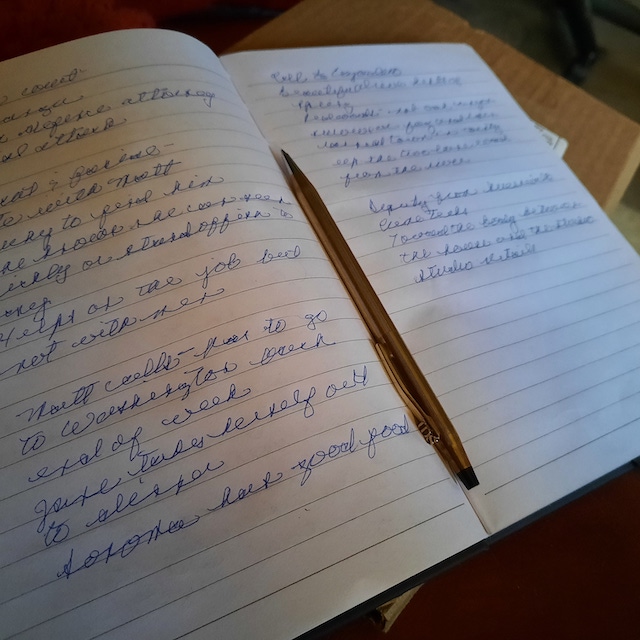Map Out Mayhem: How Planning Speeds Up Writing Your Mystery

Good mysteries have twists and turns that seem inevitable in hindsight but spring surprises on first-time readers. So how do you pull that off and maintain a solid, logical structure? The answer lies in planning before you start writing. Plotting the major events in advance will avoid plot holes and keep your story moving quickly. Here are some ways planning the plot can get your novel off to a running start:
You begin by brainstorming major plot points – the inciting incident, main turning points, and climax. Jot these down roughly in chronological order. This “plot skeleton” ensures all the pieces are in place before you dive into writing the first draft.
Next, think through how to connect these major events in a logical way. Fill in the scenes needed to move the story and characters along in a believable fashion. As you do this, look for opportunities to lay foundations for plot twists and red herrings. Foreshadowing and subtle clues will make plot developments more satisfying for readers.
As you refine your story outline, continue editing and rearranging plot points to improve the flow and pace of your story. A well-planned mystery novel will impress readers with its inevitability while still catching them off guard. So before you start writing, take the time to plan the perfect crime – on paper.
Create a Cast of Characters Ready for Their Closeup
Every good story pivots around its characters. But to bring your characters to life and give them room to develop, you’ll need to plan who they are and what role they fulfill before you start writing. Consider the following approaches:
Start by listing major characters and their role in the plot. Your primary suspects, victim, and detective deserve the most development.
Next, draft a character profile for each major player. Jot down key details like age, occupation, personality, quirks, backstory elements, and secrets relevant to the plot. These profiles provide a foundation for you to build upon. Know each character’s story context
As you plot out major scenes, consider how each character would react and what motivates their actions. Get into their heads and understand their perspective. Character motivation is key to keeping the story moving forward and avoiding two-dimensional “caricatures”.
Look for opportunities for characters to grow, change, and develop new dimensions as the story progresses. Even minor characters can surprise readers with hidden depths, if given the chance.
Taking time to plan your characters before you start writing will ensure they drive the plot forward compellingly, keeping readers enthralled from start to finish.
Plan the Perfect Setting
Noir mystery novels often revolve around gritty settings like dark city streets, seedy bars, and smoky nightclubs. But to bring any setting vividly to life requires planning and research before you start writing. Here are some tips:
Research! Dive into books, photos, and videos set in your story’s time and place. Jot down key details that set the mood and create an atmosphere for your plot.
Map It Out. Sketch a map of important locations, noting how they relate to each other. Figure out how characters will navigate between scenes. A visual layout will keep spatial relations clear as your story unfolds.
Look Closer. Zoom in on the small, sensory-rich details that will pull readers into the setting. Sound, smell, texture, and taste are powerful immersive elements.
Reflect the Plot. Consider how the setting impacts and shapes key events. For example, does the isolation of a rural cabin heighten tensions that lead to murder?
Revisit and Revise. Re-examine your setting details as you write to ensure they are enhancing, not distracting, from the central plot and characters. Prune extraneous details that don’t serve the story.
By planning your setting before hitting the keyboard, you’ll inject a palpable atmosphere into your mystery— drawing readers deep inside your story’s world from the first sentence.
Plan Your Research Carefully
Research brings your setting and characters to life and grounds critical plot points in reality. To smoothly integrate necessary research into your story:
Start Early. Build research into your initial plot outline so you have time to seek out needed details, facts, and opinions of experts. Avoid scrambling for information halfway through your first draft.
Ask the Right Questions. Determine what precise details or perspectives you need to pull off major plot developments credibly. Seek out sources that can provide that specialized information.
Stay Focused. Resist the urge to go down every research rabbit hole. Only pursue details directly impacting and enhancing your central plot, characters, and theme.
Consult the Right Sources. In addition to books and articles, talk to professionals in relevant fields. Real-world expertise can imbue your story with authenticity. Don’t shy away from asking. You’ll be amazed at how most experts gladly share information.
Check Your Facts. Run details by knowledgeable readers to ensure your research is on point. Correcting errors early will save pain and embarrassment later.
By planning and conducting targeted research before and during the outlining stage, you’ll arm yourself with the ammo needed to pull off intricate plot twists and clues that keep mystery readers turning pages late into the night.
Outline Your Way to a Great Mystery
Once you have the key plot points, characters, setting, and research in place, it’s time to connect the dots by outlining. A systematic outline will help you:
• Map the plot architecture. Outline each major scene in sequential order. Note key events, revelations, and turns the scene serves in the overall story arc.
• Foreshadow cleverly. Flag any opportunities within scenes to drop subtle hints and clues about upcoming plot twists.
• Pace the action. Adjust the length and detail of scenes to maintain an optimal balance of reveals, suspense, and action that propels the story forward.
• Develop characters. Fill in scenes that flesh out your characters’ motivations, relationships, and growth over the course of the novel.
• Polish the prose. As you outline each scene, jot down moments where you can infuse evocative description, gripping dialogue, or ironic humor.
• Edit as you go. Continually refine and reorder scenes to eliminate plot holes, smooth transitions, and tighten foreshadowing.
A thorough, living outline acts as a roadmap as you write, keeping you on course toward a satisfying conclusion that ties up every loose end. So before hammering out your first draft, take the time to map out mayhem and mystery that will keep readers guessing until the very end.
Become an Outlining Machine to Write Faster Mysteries
Planning and outlining are key skills for any prolific author, especially for writers of captivating mysteries demanding intricate plotting. The steps outlined in this article- planning the plot, characters, setting, and research through detailed outlining- are at the core of all successful mysteries that keep readers guessing.
If you want to take your outlining to the next level, check out the course Write A Killer Mystery. The secrets to faster, better novel writing are waiting in your outline – so get planning!
Photo by Glenn Carstens-Peters on Unsplash




